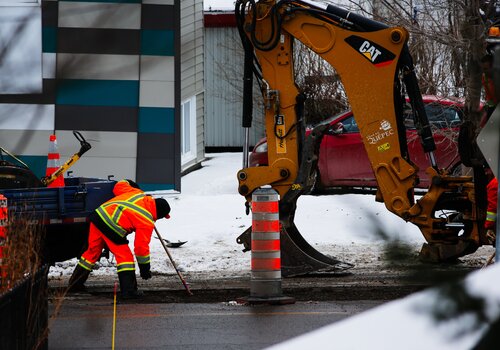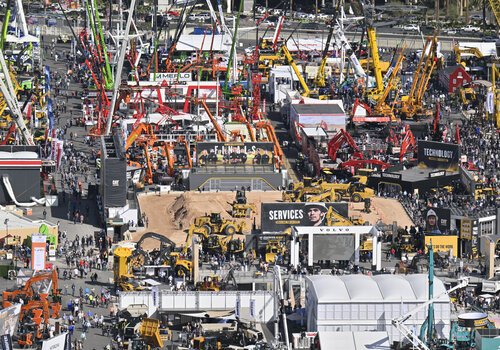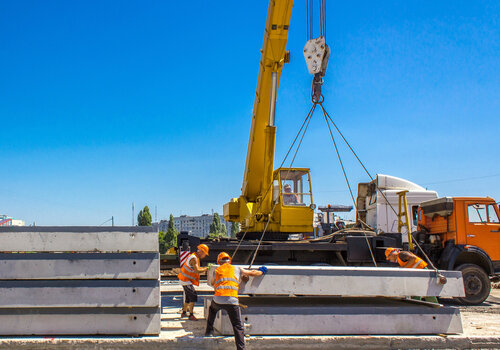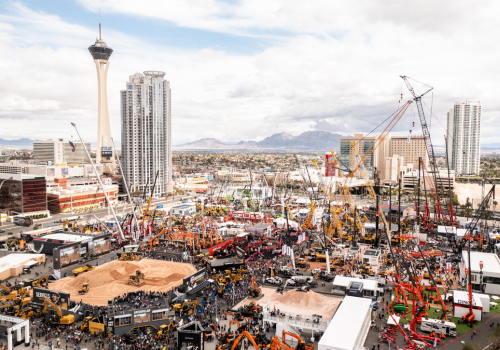Construction work on the 126-acre site for the 2024 Paris Olympic Village – also known as the Athletes’ Village – began in November of 2019. Located in the northern part of Paris, the Village sits on both sides of the Seine River, about six miles from the city center. Spread across the French towns of Saint-Ouen, Saint-Denis, and L’Ile-Saint-Denis, it is on 330,000 square meters of land previously occupied by industrial parks and businesses.
According to Forbes, the Olympic Village cost $1.85 billion to build and is the largest single-site construction project in France.
Some 15,000 athletes will be competing in the Olympics and 8,000 in the Paralympics. They will occupy the Village – a sprawling complex that contains 82 buildings.
Once the Olympics and Paralympics have concluded, the Village will get a new life.
Building objectives
The Olympic Village was built for sustainability and environmental friendliness. All construction materials and techniques were selected based on their energy-saving properties and reduced environmental impact. Other key objectives in building construction were:
- Reusability
- Reducing carbon emissions
- Using natural materials
- Minimizing construction waste through careful planning and recycling
- Implementing green building techniques – like passive solar design, natural ventilation, and efficient water management systems – for energy savings and overall sustainability of the Village.
The Village buildings were designed to be transformed – with the minimum of refits necessary and all adaptations planned to maintain the sustainability features – into a joint residential, commercial, and office complex after the conclusion of the 2024 Olympic and Paralympic Games. The work is expected to be completed by 2025.
Buildings installed at the Village have been specifically designed to be dismantled, with the majority of materials and structures temporarily installed, redeployed, reused, or recycled after the Games.
Repurposing existing and obsolete structures for new uses is a sustainable practice that saves on construction materials, labor, and time, plus reduces carbon emissions.
Ingenuity and sustainable construction
Olympic officials say every effort has been made to make the Village as green as possible, according to CNN. Buildings have been constructed out of low-carbon concrete and wood, along with recycled materials, to reduce the project’s carbon footprint. To minimize the amount of construction, organizers temporarily or permanently retrofitted several existing structures on the site, including an old electric factory that had been turned into a “resident center.”
The Olympic Village runs on 100 percent renewable energy. Many units are powered by solar panels on the roof that help with local electricity needs and send power back into the grid. Some rooftops have gardens to cool interior temperatures.
The buildings use little energy, according to Fast Company. Rather than standard air-conditioning, the buildings have geothermal heating and cooling, along with passive design strategies like thick insulation and carefully placed shading.
Additionally, CNN reported that experiments are being conducted to determine if new green technologies and construction methods are viable in the real world.
One such investigation is sidewalks made with seashells. The seashells are supposed to absorb rainwater. Then, on hot days, the stored water should evaporate and help cool passers-by.
In constructing the Village, Saint-Gobain – a worldwide leader in light and sustainable construction – said it reduced carbon dioxide emissions by 50 percent in 2023 by using barges to transport construction materials along the waterways. More than 1,500 tons of material was delivered to the Village site in this way, keeping more than 60 25-ton trucks off the roads.
Different approach to construction
The Athletes’ Village uses parts of structures that can be transported and assembled at the desired location. There are several advantages to offsite-manufactured elements over traditional onsite construction. Key among them is helping optimize and minimize the logistics and delivery of materials to the construction site while also reducing carbon emissions from transport.
The Village apartments will produce around half the carbon emissions of equivalent buildings built using conventional construction techniques, taking into account energy savings over their lifetime, according to SOLIDEO, a public sector organization tasked with financing, supervising, and delivering the Olympic facilities.
New construction techniques were used to build apartments, producing 30 percent fewer emissions per square meter than a traditional building, according to the Olympics news website: Inside the Games. In many instances, builders often swapped carbon-intensive concrete for wood, resulting in many of the structures using natural materials for their central columns, as well as for facades and floors.
The website said low carbon-intensive concrete, which uses less energy-intensive materials and processes to make the binder, was used extensively throughout the Village. Recycled concrete was also used as ballast on the site and mixed with compost to form a base layer for the gardens.
Buildings are designed to be as sustainable as possible, with construction that produces 50 percent fewer greenhouse gas emissions than standard construction, according to Fast Company. The section led by design firm UAPS uses wood rather than steel in smaller buildings and uses low-carbon concrete in taller buildings. Low-carbon ceramic tiles are on the facade.
Read Next
Sustainable Construction Practices Used in the 2024 Paris Olympics
Construction Planning for the Los Angeles 2028 Olympic Games












